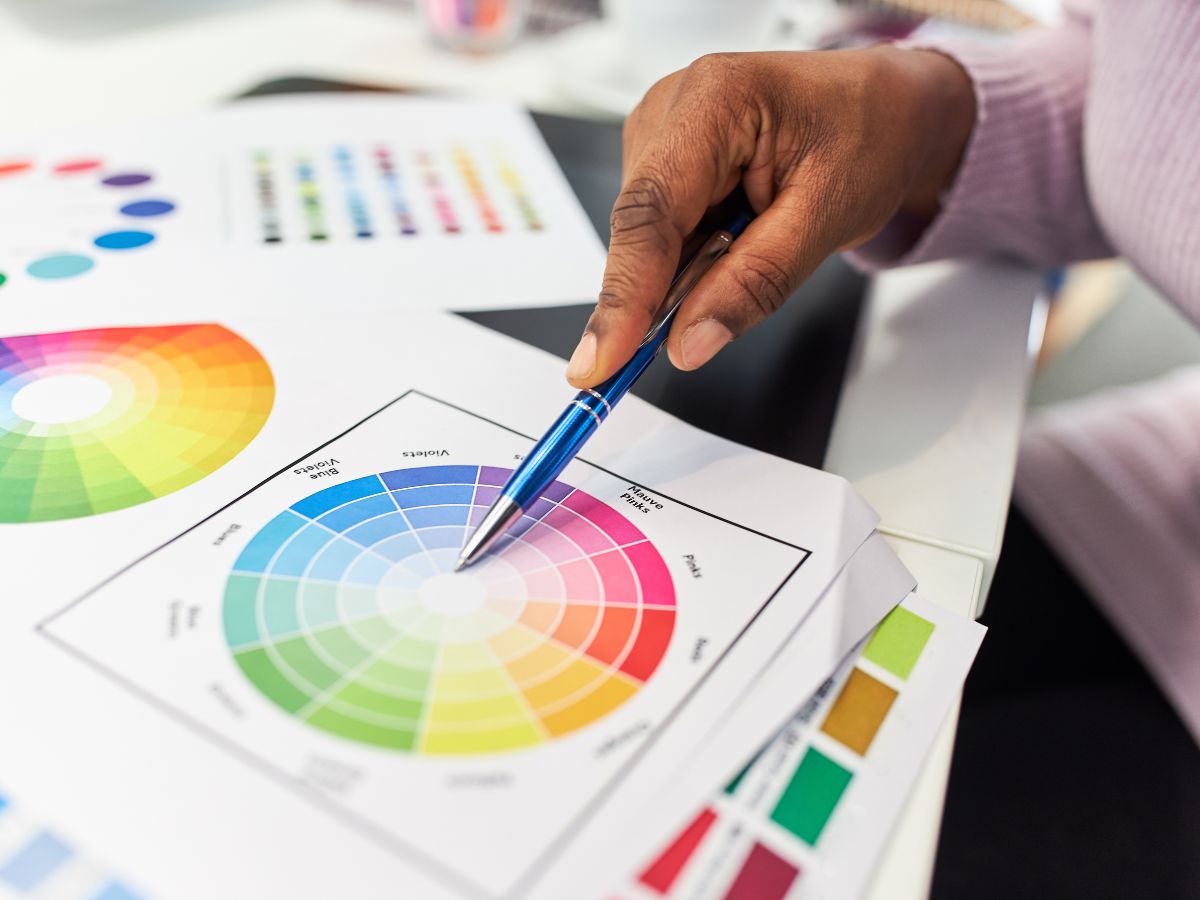
Elevate Your Art with Bold Color Choices
Color theory is an essential foundation for any artist, enabling a deep understanding of how colors work together to evoke emotion, convey meaning, and create a lasting impact. By mastering color theory, artists can strategically incorporate bold color choices to elevate their work and create pieces that resonate with viewers on a different level.







